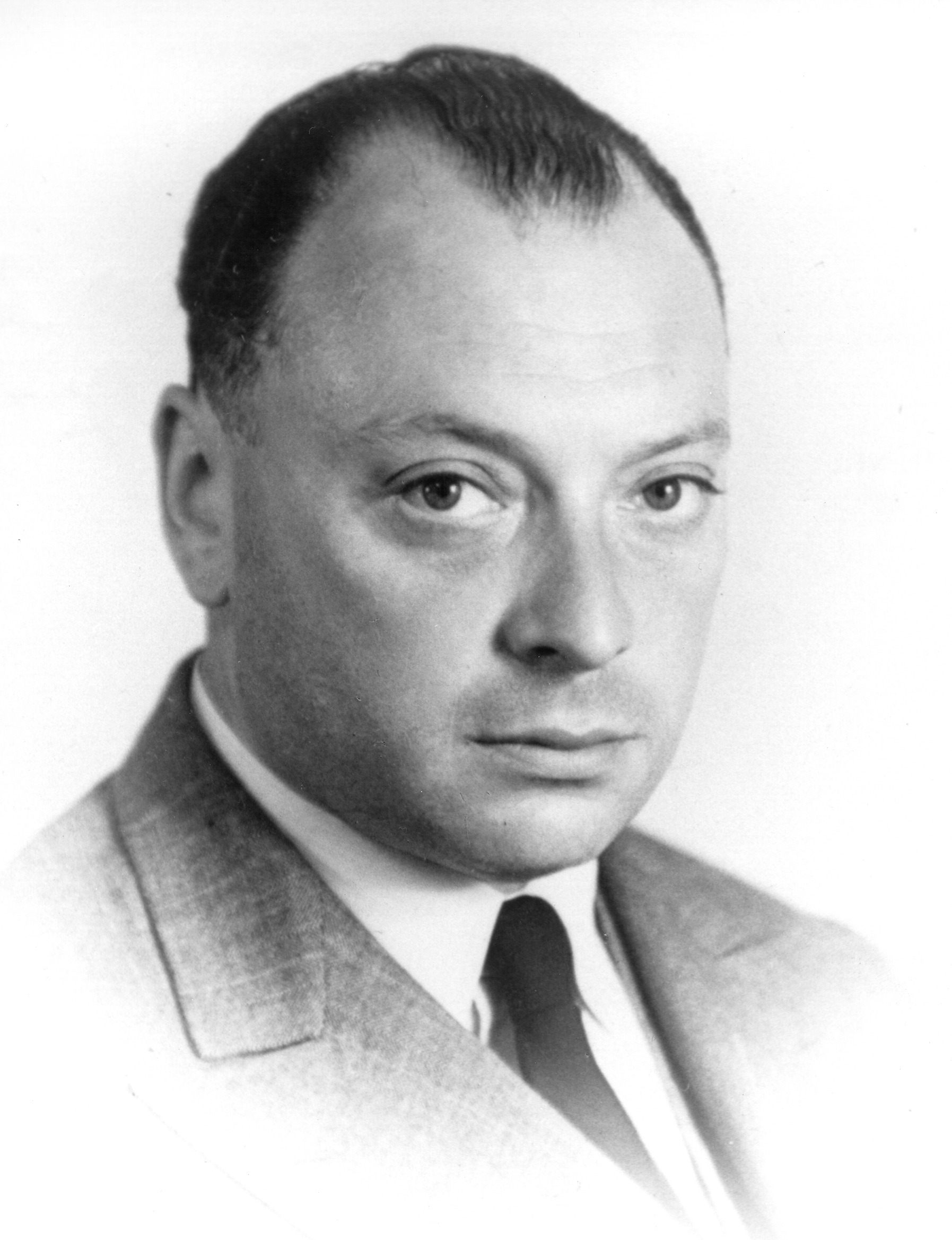Pauli, << PAW lee, >> Wolfgang (1900-1958), an Austrian theoretical physicist, won the 1945 Nobel Prize in physics for his proposal in 1925 of a rule explaining the behavior of electrons in atoms. Such electrons orbit the nucleus of the atom. The rule, now called the Pauli exclusion principle, holds that no two electrons in an atom can have the same quantum numbers. An electron in an atom has four such numbers. They define the energy of the electron in terms of the distance of its orbit from the nucleus, the orbit’s shape, the orientation of the axis of the orbit, and the electron’s spin on its own axis.

Pauli’s principle was a key new idea. In 1913, Danish physicist Niels Bohr had published a theory describing how the single electron of the hydrogen atom moves around the nucleus. Pauli’s discovery enabled scientists to picture the atomic structure and the behavior of the electrons of every known chemical element. Because the behavior of an atom’s electrons determines how it will take part in chemical reactions, the principle also explained the chemical characteristics of the elements.
Pauli also explained the loss of energy and angular momentum (a measurement of spin) in certain atom-smashing experiments. In 1930, he proposed the existence of a subatomic particle, now called a neutrino, that has the “missing” energy and momentum.
Pauli was born on April 25, 1900, in Vienna, Austria. In 1928, he became professor of theoretical physics at the Federal Institute of Technology in Zurich, Switzerland. He died on Dec. 15, 1958.
